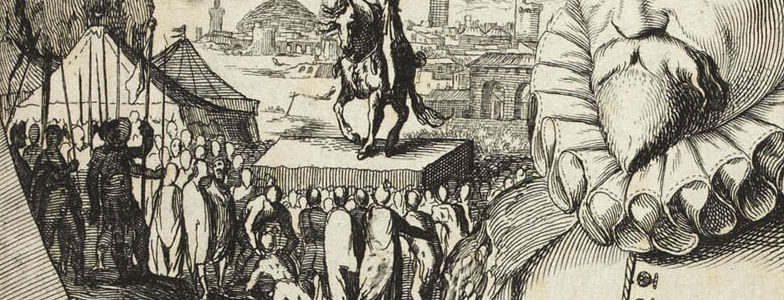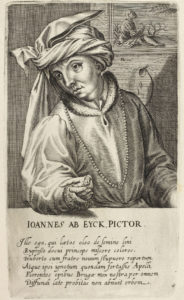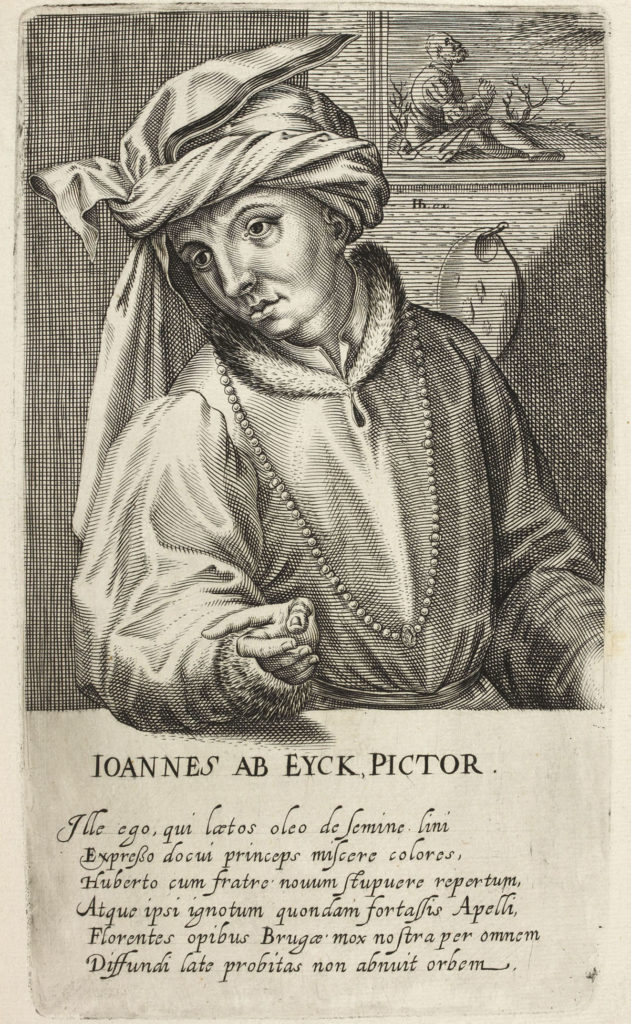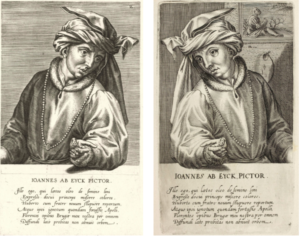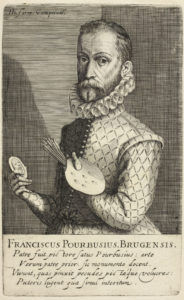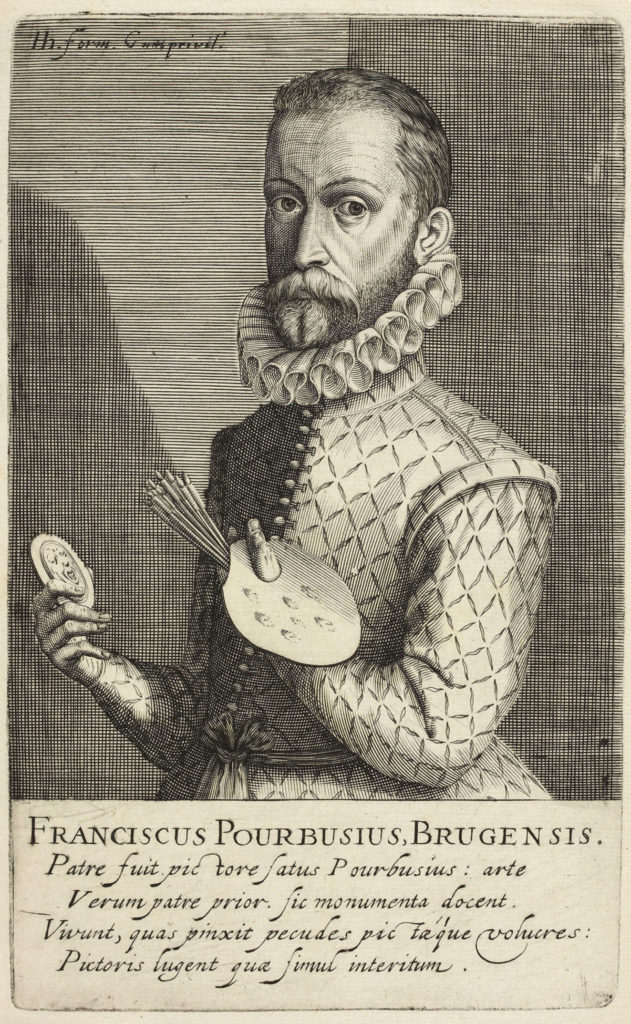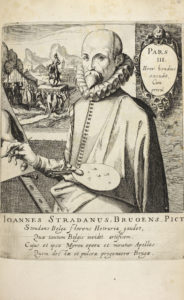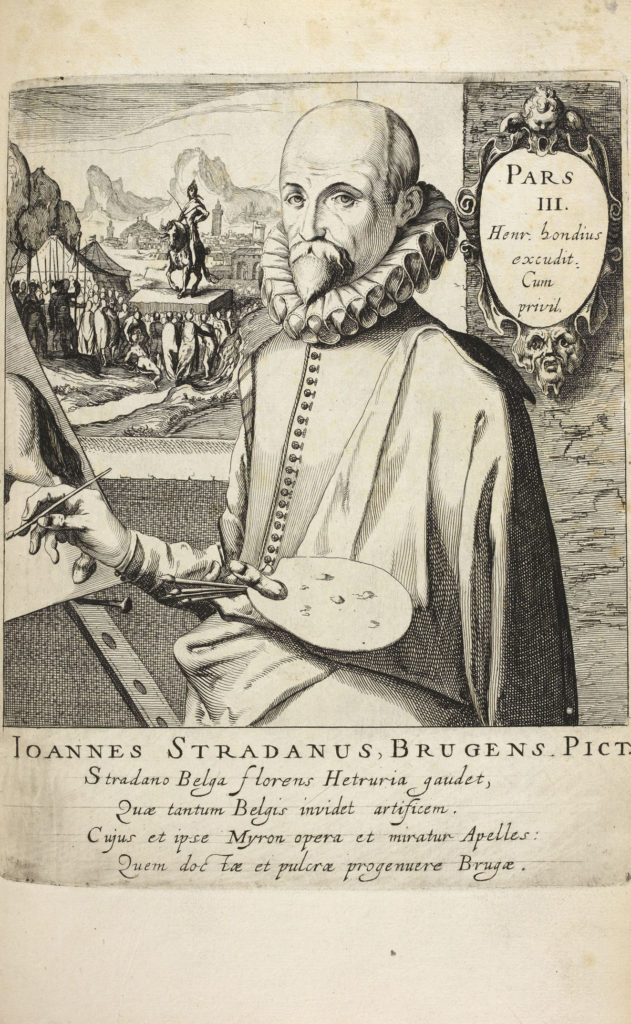Geographical Locations in Texts: Bruges.
3 people in this category.
Footnotes:
- “ille ego qui” – For the ultimate source of this phrase, see the apocryphal opening lines to the Aeneid, “ille ego qui quondam gracili modulatus avena…”
- “oleo de semine lini”: the same expression in the poem for Cornelis Engebrechtsz.
- This for “probitas”. It is hard to see quite what the author means, but “probitas” to my knowledge always has a moral sense.
- “pictaeque volucres” comes from Virgil, Aeneid 4.525. Virgil is writing about real birds, and is therefore using “pictae” to mean “coloured, variegated”. But here the term could also have its literal meaning, “painted”, “pinxit and “pictae” are two forms of the same verb (polyptoton).

